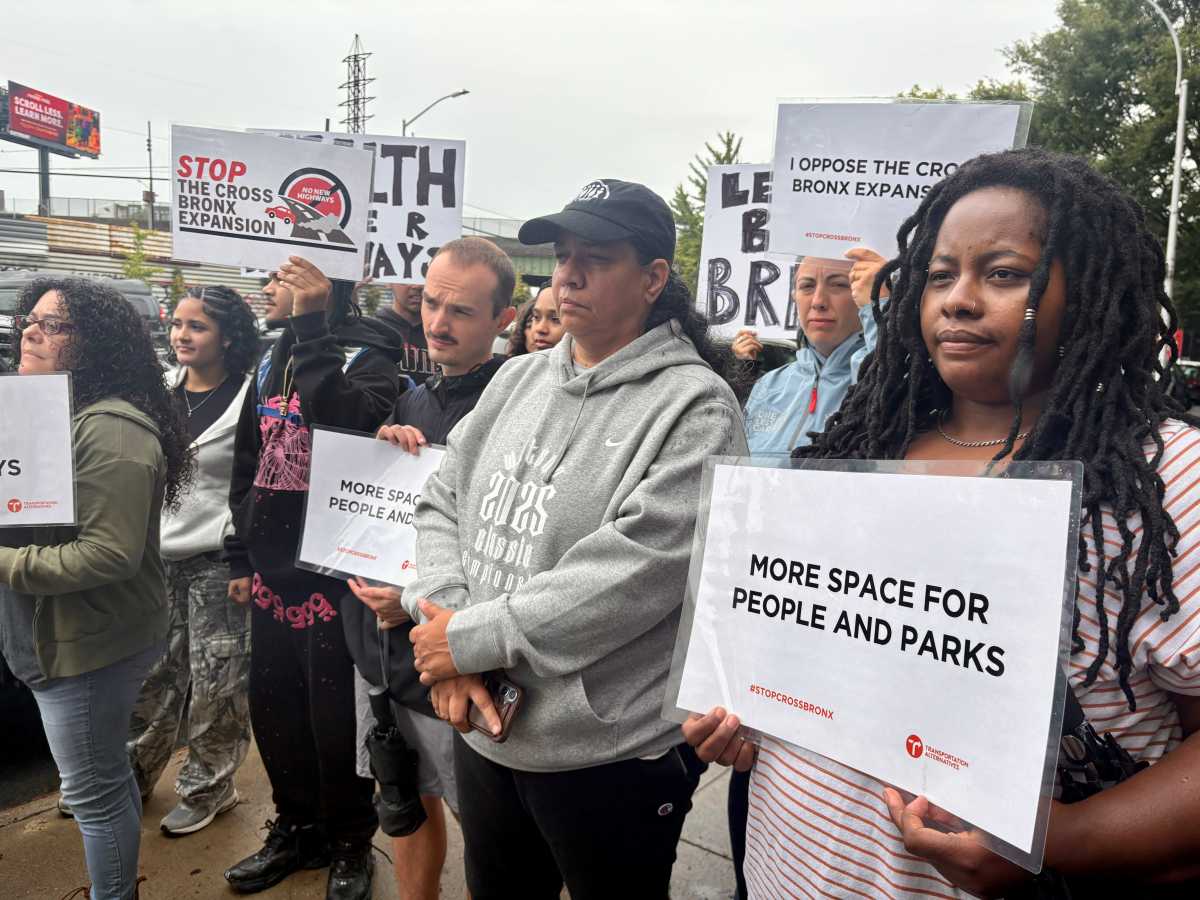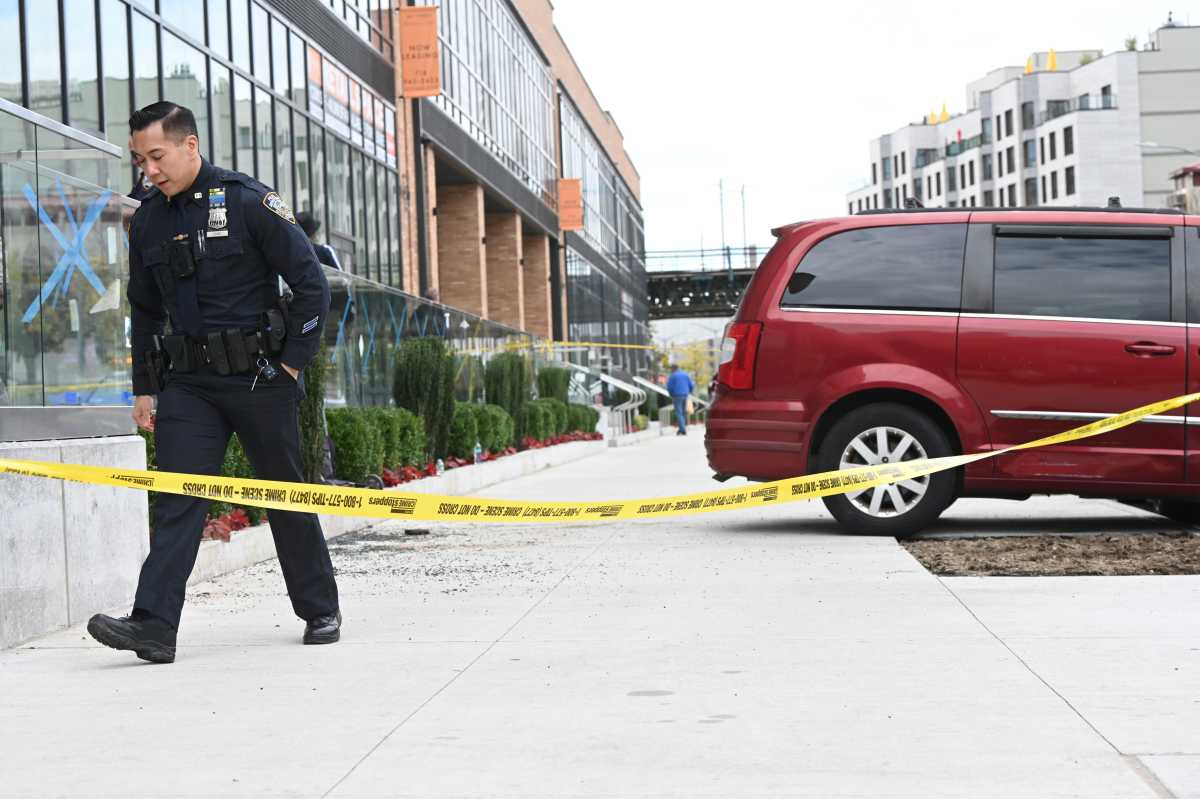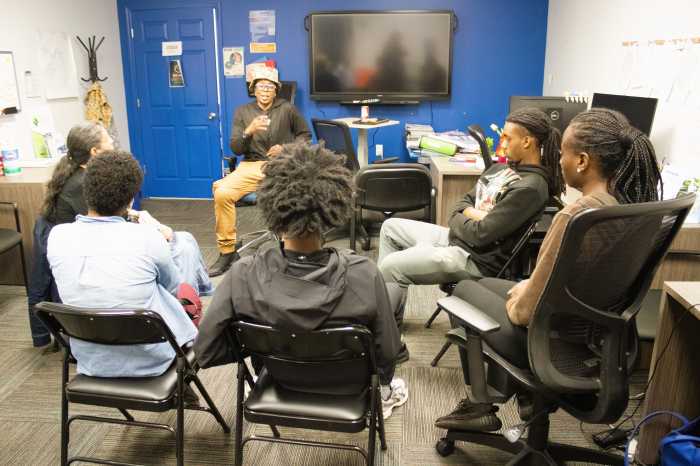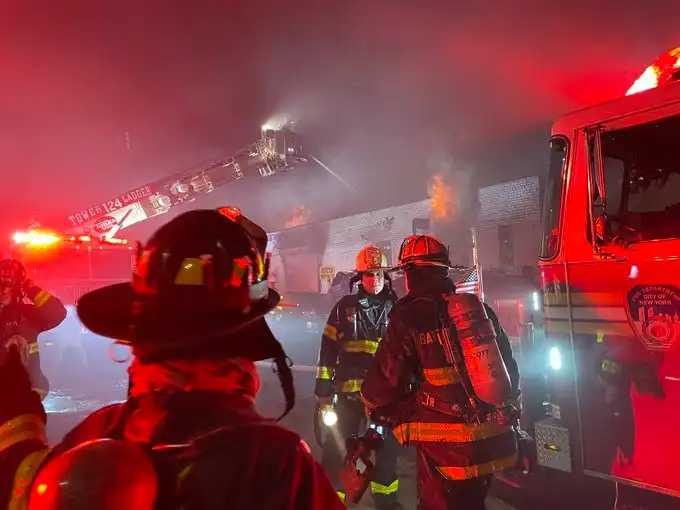Fossil fuel price spikes and clean energy transition are “hot” topics in New York State.
Fossil fuel price volatility due to supply issues is causing major spikes in New Yorker’s electricity bills. The horrific events transpiring half-way around the world in Ukraine are contributing to record prices at the pump right here at home. And a sobering new report released recently by the UN’s Intergovernmental Panel on Climate Change (IPCC) is the most urgent call yet that near-term action is critical to avoid the worst impacts of climate change. Thankfully New York is leading the charge. Only two and a half months into 2022 and already the Hochul Administration is teeing up the next offshore wind solicitation, has advanced a proposal to change the building code to eliminate fossil fuel use for heating in new construction by 2027, is moving forward on New York’s largest clean energy transmission projects in fifty years, and has ambitious targets for electrification in the buildings and transportation sectors.
All of these actions follow the 2019 enactment of the Climate Leadership and Community Protection Act (CLCPA), which includes the most aggressive set of clean energy and greenhouse gas reduction targets in the nation. The law requires New York to achieve 70% renewable energy by 2030 and 100% carbon free electricity by 2040. These targets are especially ambitious when one considers that at the close of 2021 just 28% of the state’s electricity comes from renewable sources, mostly from hydroelectric plants built more than a century ago.
So how will NY hit those ambitious targets in such a short timeframe?
The Climate Action Council, which the CLCPA created to formulate a scoping plan to achieve the Act’s renewable energy and climate goals, has developed a comprehensive and aggressive set of draft recommendations including electrification of the transportation sector, strategic use of low carbon fuels, energy efficiency measures, carbon sequestration and rapid development of renewable energy sources like wind and solar to achieve net zero emissions from the electric generating sector by 2040.
Another vital piece of New York’s energy puzzle is the delivery of renewable power into New York City, where a shocking 90% of electricity now comes from burning fossil fuels. Last September Governor Hochul announced two important new transmission projects as part of NYSERDA’s new source electric generation (Tier 4) program: one that will bring hydropower from Canada, and another that will bring electricity from upstate wind and solar projects into New York City. Contracts for these projects, that will cause an estimated 51% decrease in total fossil generation downstate in 2030, were finalized in November and are awaiting Public Service Commission approval shortly.
The Tier 4 projects, offshore wind, onshore wind and solar, transmission upgrades and building electrification will accelerate New York’s clean energy transition, improve air quality, create thousands of family-supporting jobs, begin addressing long standing environmental justice issues (including reliability and cost) and help stand up a brand-new clean energy economy right here in the Empire State.
Joe Martens is the former Commissioner of the NYS Department of Environmental Conservation and former Director of the New York Offshore Wind Alliance.





































